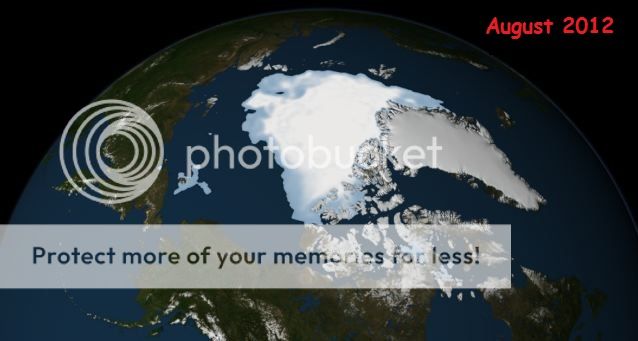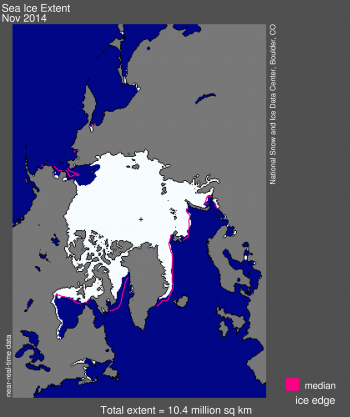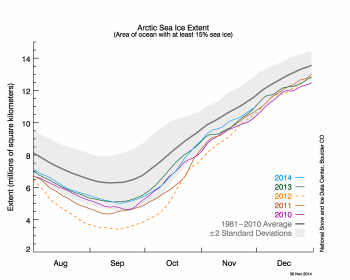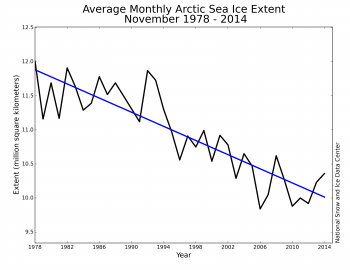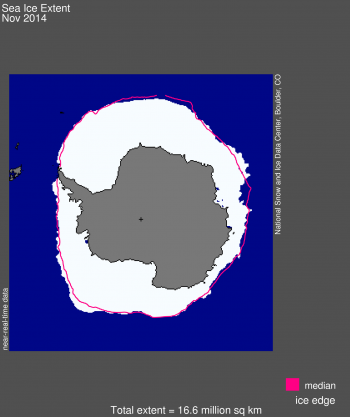Ummmm...........duh!!! !


Summary >>>
A paper published today in Journal of Atmospheric and Solar-Terrestrial Physics finds a "strong and stable correlation" between the millennial variations in sunspots and the temperature in Antarctica over the past 11,000 years. In stark contrast, the authors find no strong or stable correlation between temperature and CO2 over that same period.
and from the authors >>>
"We find that the variations of SSN [sunspot number] and T [temperature] have some common periodicities, such as the 208 year (yr), 521 yr, and ~1000 yr cycles. The correlations between SSN and T are strong for some intermittent periodicities. However, the wavelet analysis demonstrates that the relative phase relations between them usually do not hold stable except for the millennium-cycle component. The millennial variation of SSN leads that of T by 30–40 years, and the anti-phase relation between them keeps stable nearly over the whole 11,000 years of the past. As a contrast, the correlations between CO2 and T are neither strong nor stable."
New paper finds strong evidence the Sun has controlled climate over the past 11 000 years not CO2 Principia Scientific Intl
In other words............"climate science" as it has become to be known, is a rigged fraud......like skeptics have been saying in here for a long, long time!!
Now........watch the handfull of AGW nutters fly into this thread and fall all over themselves calling BS!!!! Because, after all,...........gotta keep that established narrative in perpetual mode.........





Summary >>>
A paper published today in Journal of Atmospheric and Solar-Terrestrial Physics finds a "strong and stable correlation" between the millennial variations in sunspots and the temperature in Antarctica over the past 11,000 years. In stark contrast, the authors find no strong or stable correlation between temperature and CO2 over that same period.
and from the authors >>>
"We find that the variations of SSN [sunspot number] and T [temperature] have some common periodicities, such as the 208 year (yr), 521 yr, and ~1000 yr cycles. The correlations between SSN and T are strong for some intermittent periodicities. However, the wavelet analysis demonstrates that the relative phase relations between them usually do not hold stable except for the millennium-cycle component. The millennial variation of SSN leads that of T by 30–40 years, and the anti-phase relation between them keeps stable nearly over the whole 11,000 years of the past. As a contrast, the correlations between CO2 and T are neither strong nor stable."
New paper finds strong evidence the Sun has controlled climate over the past 11 000 years not CO2 Principia Scientific Intl
In other words............"climate science" as it has become to be known, is a rigged fraud......like skeptics have been saying in here for a long, long time!!
Now........watch the handfull of AGW nutters fly into this thread and fall all over themselves calling BS!!!! Because, after all,...........gotta keep that established narrative in perpetual mode.........






